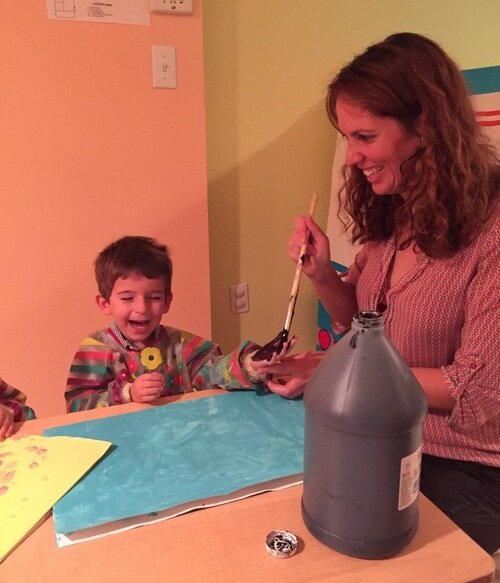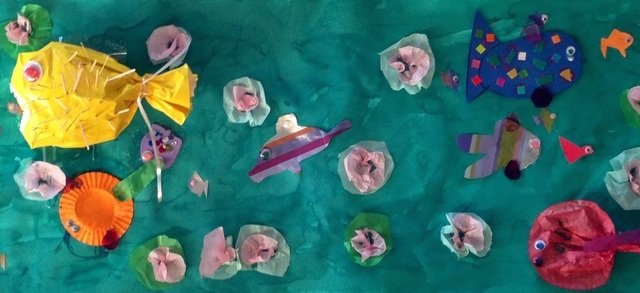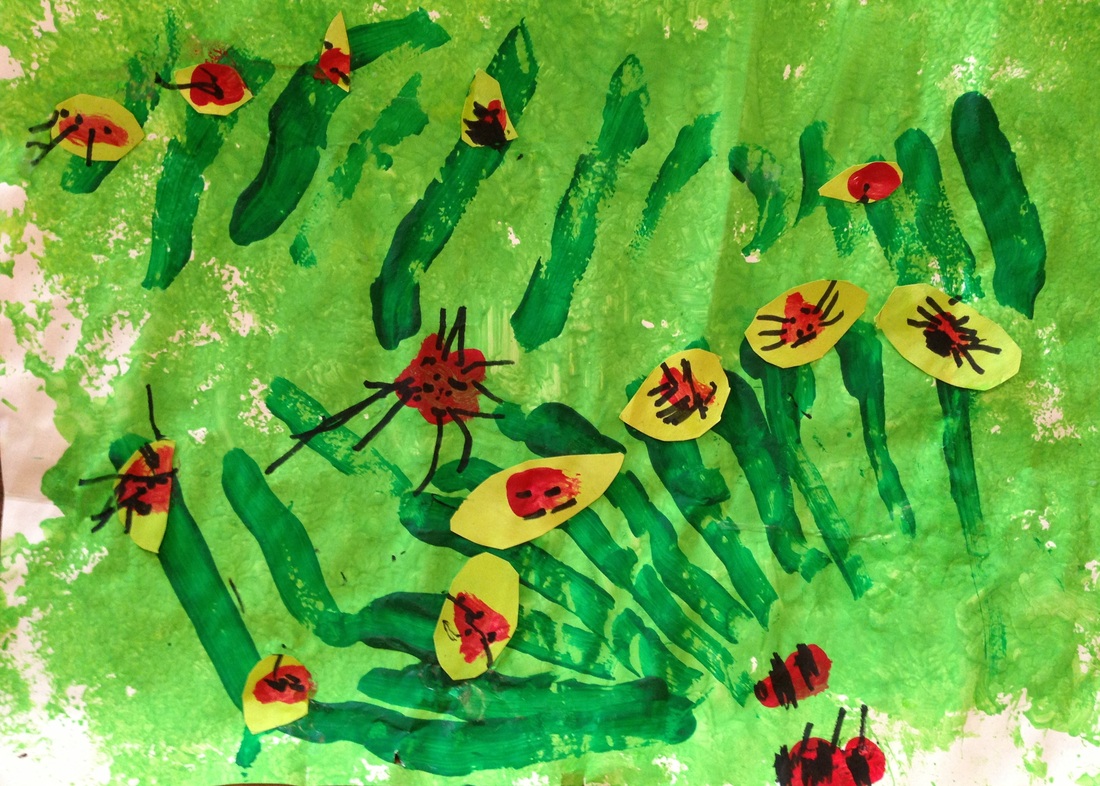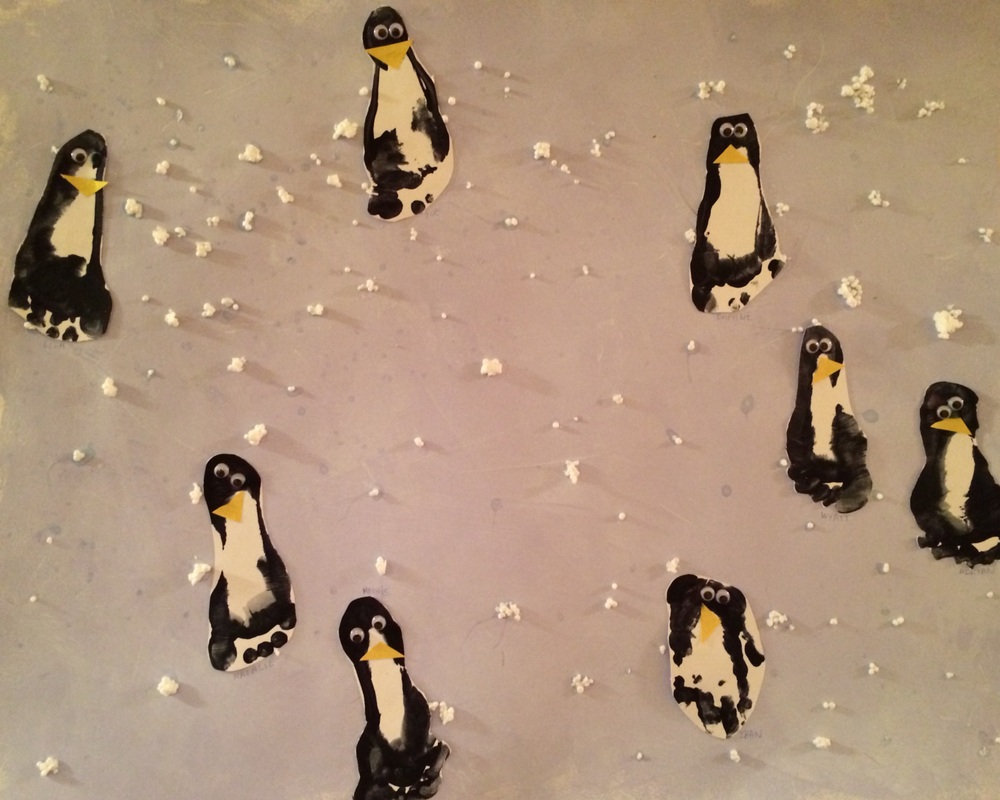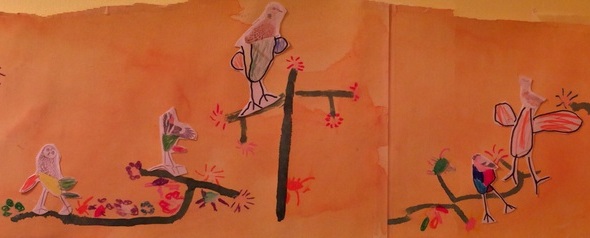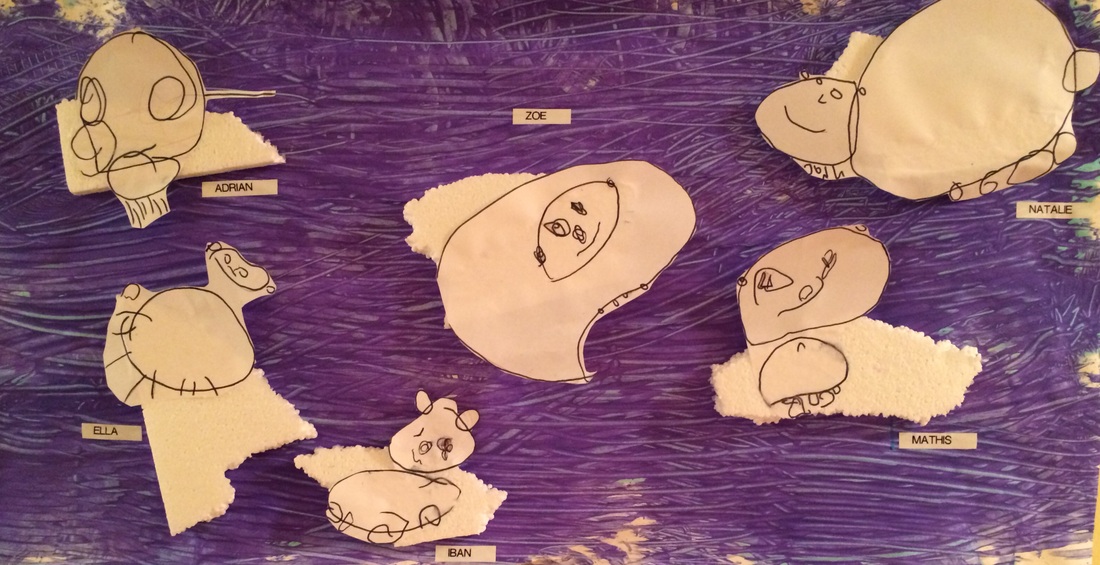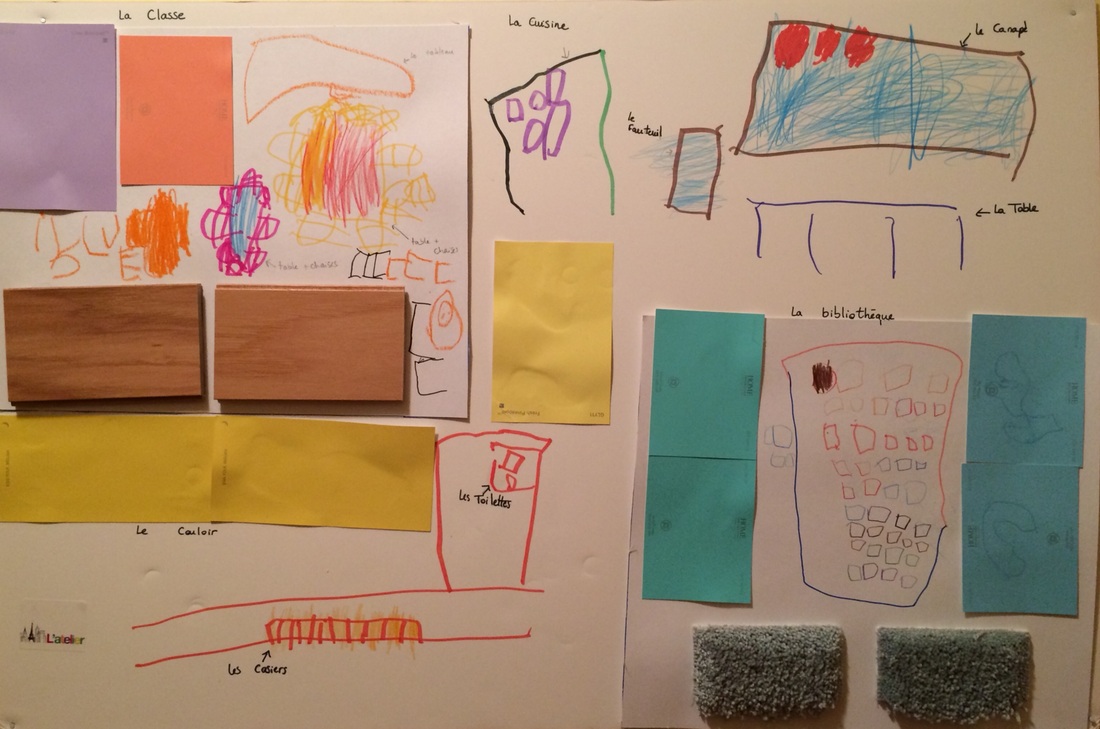Our Nursery and Pre-K Program:
L'Atelier (pronounced “LA-tell-yay”) represents our vision of the French école maternelle. All three of us (the founders / teachers at L’Atelier) are native French speakers with over ten years experience teaching early childhood immersion. In 2013, we set out to design L’Atelier as the place we would love to send our own children to. The defining characteristics of our program are:
1. Complete French language immersion.
We only speak French to our students, and all our activities and materials are in French. We also continuously incorporate French culture into our curriculum through books, songs, traditions, holidays, food, and more. Part of our goal is to set our students on the path to becoming global citizens. Though we do not offer wine at snack time :), in every other way, we view L’Atelier as a little sliver of France on the Upper West Side.
2. A strong academic focus.
The preschool years are crucial, as they form the setting in which a child learns how to become a student. Our educational standards are designed à la française, with a focus on pre-reading, pre-writing, pre-math, and fine motor skill development. French early education is generally highlighted for its academic rigor and emphasis on clear thought construction and the importance of effort and diligence in finishing one’s work. However, the French model can also at times seem reflexively bound by tradition. We feel that we strike a positive balance between the best of that tradition and new ideas, between high expectations and a caring, supportive hand, and between knowledge acquisition and a celebration of individual personality, creativity, and free expression.
3. Small group sizes with differentiated learning.
Our small class sizes and low student-to-teacher ratio allow us to give the personalized attention and care necessary for young children who are just beginning to develop as students. The fact that each child is their own person constantly influences our approach. We are well-experienced in subtly differentiating student activities according to each child’s readiness and French level, within a shared theme.
4. A warm and nurturing environment.
We strive to foster the same sense of security and well-being in the classroom as our students enjoy at home. This is why we refer to the school, as in France, as l’école maternelle. An affectionate, “motherly” bond is a key part of native learning (hence the term “mother tongue”). This means creating not only structure, but also an emotionally secure environment where children feel cared for, so they can enjoy, evolve, and excel within the learning process.
5. An emphasis on socialization, creative expression, inquiry, and problem solving.
We view the social aspect of preschool as equal in importance to the academic aspect. For many of our students, preschool is the first real place where they are challenged with learning to live together, to share and experiment, to recognize and accept each other as individuals within a group, and to view their classmates as members of a community that they can lean on for support. These concepts help form the foundation of a child’s identity at school, and we are happy to be there to guide them in that process. The “classroom-as-community” feeling — a comfortable but stimulating setting that encourages a child’s natural curiosity and allows them to be who they are — is an important precursor for inquiry and creativity, which you can read more about under “Our Teaching Cornerstones.”
A Few More Words on French Immersion:
Early exposure to a foreign language is very important for successful bilingualism. The first year of an immersion program is typically a “listening year” in which a child observes and forms connections between what they hear and the visual clues provided by the teachers. We appeal to the five senses to build comprehension — for example, by using hand gestures and physical objects to describe actions and introduce new words. Our approach is essentially a more deliberate and accelerated form of the natural language learning process.
We establish routines early in class to give our children the confidence to reuse vocabulary themselves, and we use songs and nursery rhymes to foster correct pronunciation. Though we use only French in the classroom, the children are free to use English or whichever language makes them feel comfortable, and we will reformulate that answer back into French. As the year progresses, we encourage the children to do more of this rephrasing themselves.
The second year is increasingly “active,” as a child’s comprehension will have improved and they will feel more willing to take risks and address teachers and peers in the target language. Generally, a third of our students are native French speakers, a third speak some French, and a third speak none, so we are able to maintain an atmosphere where children learn not only from the teachers but also in practice with each other.
Our Teaching Cornerstones:
Physical Manipulation:
In early childhood learning, there is no substitute for hands-on play. Every child is eager to learn and instinctively reaches out with their hands. When children physically manipulate the objects around them, they are observing, experimenting, drawing connections, and attempting to make sense of the world. We use play as a medium for guided exploration. Children make discoveries that become knowledge and understanding, out of which comes reason, abstract thought, and prediction.
Use of the Scientific Method:
”Mama, why do dogs have tails?” “How come I can’t see the inside of my eyelids?” “Where does the water go when you flush it?” “Why do nightmares exist?” “What happens if you just keep holding your breath?” To young children, the world is a place of constant novelty. If you’ve ever been stumped by their encyclopedic and sometimes oddly metaphysical questions, then you know that they are natural scientists.
We seek to encourage that inquisitive impulse and give our students a place to wonder, hypothesize, experiment, observe results, and develop answers — a process that comes with a profound sense of self-accomplishment. After all, we are not only building scholars, but also explorers, thinkers, and adventurers. Our students are always full participants in their learning, with us as mentors with no pre-established answer. Because the process centers on investigating a question, we typically use the term unit of inquiry to describe our lesson themes. And in case you were wondering, dogs have tails for balance and communication. Studies have shown that tailless dogs (poor things!) are more likely to be snarled at in dog parks because they have a harder time showing their feelings.
The Importance of the Arts:
Painting, theatre, music, and other combinations of art and movement are essential for our age group because they provide an outlet for the imagination, an opportunity for socialization, and a medium for expressing emotions. Art has fewer rules and boundaries than speech, so it can be a comfortable place for children to explore, embrace, and master strong feelings rather than fear them. Through art projects, children come to understand themselves and their fellow students, who often share their ideas and feelings but may express them in different ways. The creative exchange and collaboration that naturally occurs is also an important part of the socialization process. Scroll down to the bottom of the page to view some of our classroom art projects.
FAQs:
Does my child need to speak French to attend L’Atelier?
No. Approximately one third of our students are native French speakers, one third speak or understand some French, and one third have no French experience. Though we use only French in the classroom, the children are free to use whichever language makes them feel comfortable. We will reformulate that answer back into French, and as the year progresses, we will encourage the children to do more of this rephrasing themselves.
Does my child need to be toilet trained?
Yes. All of our students must be toilet trained by the start of the school year.
Will my child be able to attend an English-speaking school later on?
Of course. Your child’s time at L’Atelier will not make it harder for them to continue on to any of the other excellent options in childhood education. A bilingual background is typically a plus when students apply to English schools. We have years of experience and success helping to place our students in the schools of their choice. You can read more about exmissions here.
What about the tests?
Our children tend to do very well on tests in general. Bilingualism builds a flexible mind that translates knowledge. Your child will not become “confused” between languages.
How do you group children together in the classroom?
We organize the children in small groups reflecting their current abilities and work closely with them to make sure they progress at the pace that is right for them.
How do you keep parents updated on classroom activities?
We maintain a private classroom Instagram feed so that parents can see first hand what the children are up to. Each student also develops a personal cahier (notebook / portfolio) that we send home during vacation breaks.
How do you evaluate the children?
In addition to two mid-term parent-teacher conferences, we compile two detailed student transcripts per year to provide parents with information on each child’s academic, social, and linguistic progress.
If you have questions that have not been answered here or elsewhere on our site, feel free to contact us at latelierny@gmail.com.
Art Gallery:
Click the image below to cycle through a selection of student work.




